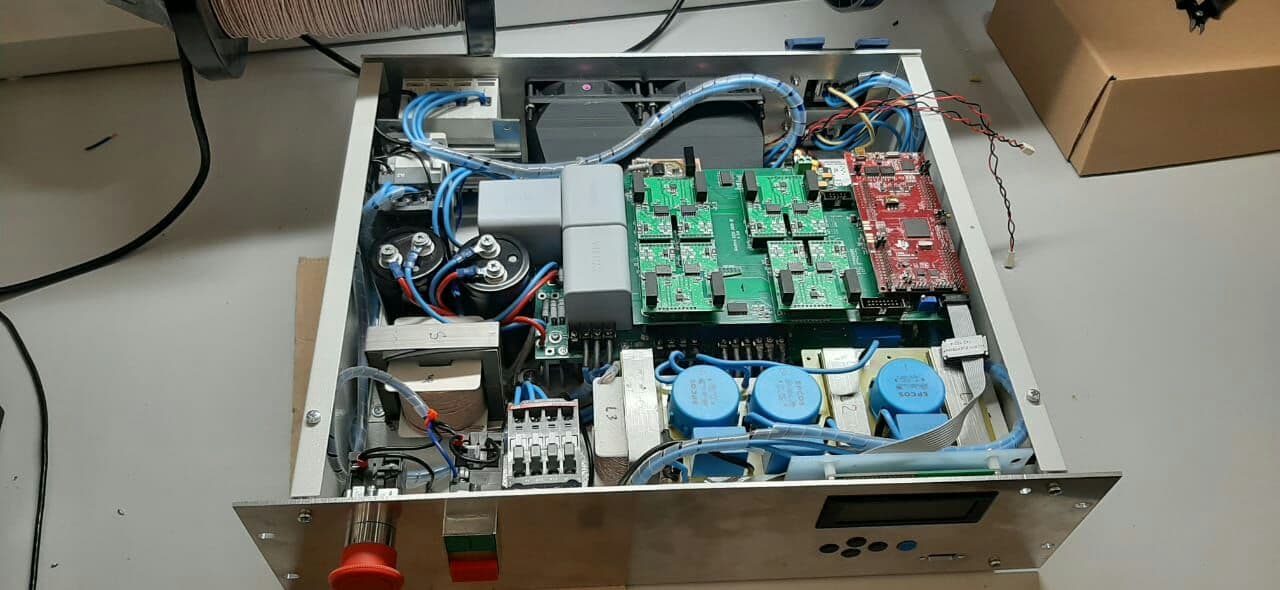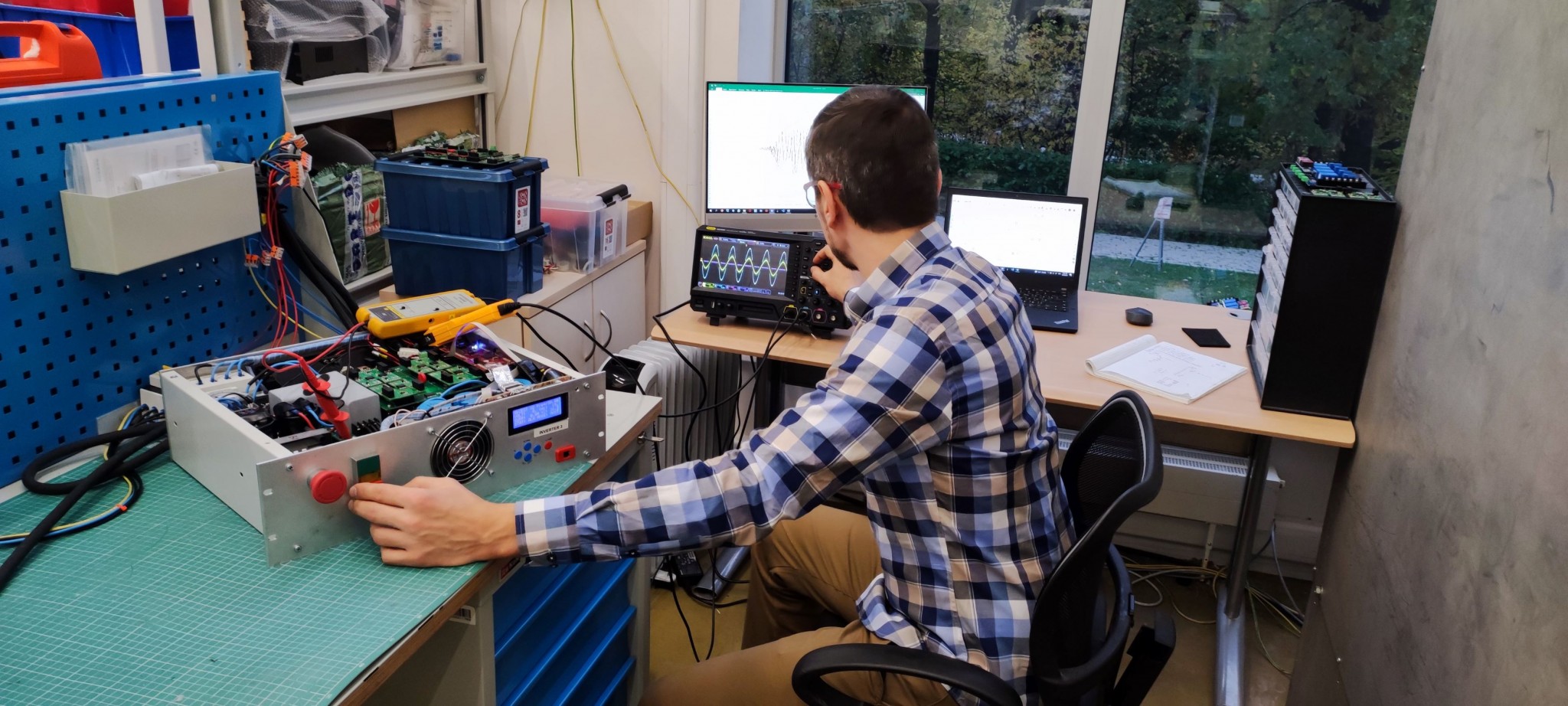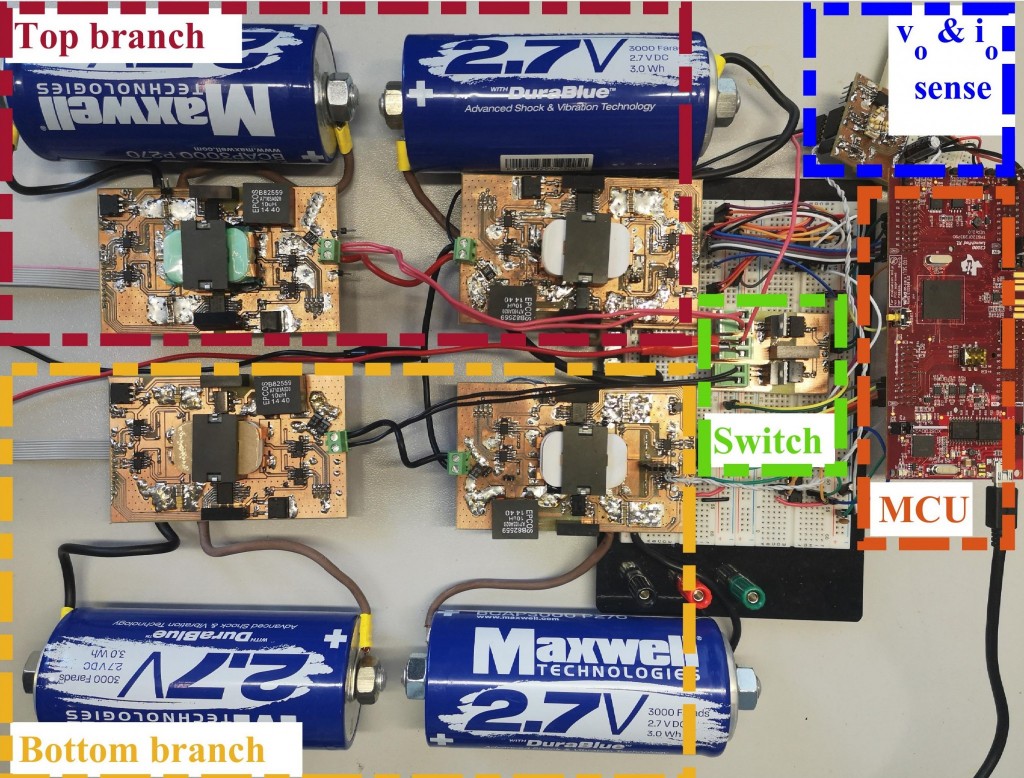The power electronics group uses the power electronics facilities in order to work with industry and offer educational activities such as the power electronics and smart grids courses. In addition, researchers from the power electronics group perform their studies using the modern equipment.
Main activities are
- Projects with industry and external grants
- Students’ (internal) projects
- Experimental courses
Latest projects in collaboration with industry:
Design of power electronic testbench for Vanadium Redox Flow Batteries (in the frame of HyFlow 2020-2023)
In the frame of an European project H2020, HyFlow, the team in the power electronics laboratory is developing a test bench for testing and cycling a Vanadium Redox Flow Battery. https://hyflow-h2020.eu/. The test bench consists of a bidirectional DC/DC converter which can deliver and absorb more than 120A. The main idea is to perform the polarization curves and other dynamic tests.
Main participants: Mr. Adrien Rosselet, Mr. Yaroslav Vlasor, MSc. Ildar Idrisov and Prof. Ibanez.
Development of open-source inverters in collaboration with Prof. P. Vorobev for industrial project with Rossetti (2020-2021)
Design of advanced control algorithms for Watts battery company (2020)
| Advanced control systems were developed for the home uniterruptible power supply which Watts battery produces, in the frame of single-phase grid-inverter. Advanced digital signal processors were using for that purpose.
Main participants: MSc. Ildar Idrisov and Prof. Ibanez. |
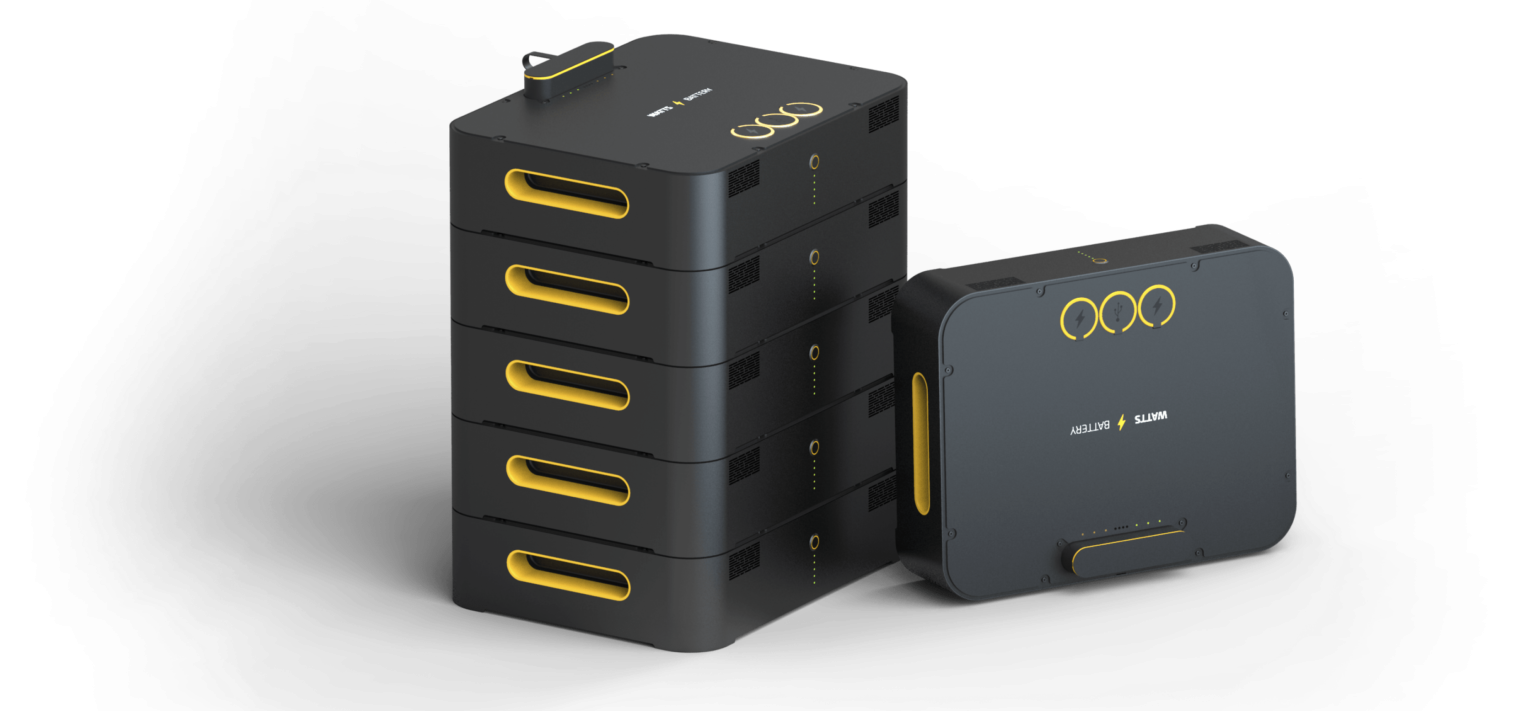 |
Research activities
The research activities are divided in;
– PhD and researchers activities
The master theses can be found here. There you can find a short description of the activities and links to further information including articles and conference papers. The research activities of PhD students and researchers can be found below.
– “Multi modular converters”, from 2019 and ongoing, Mr. Fernando Davalos
- “Design Balancing Systems for Supercapacitors Based on Their Stochastic Model”, 2019-2020, Prof. Ibanez
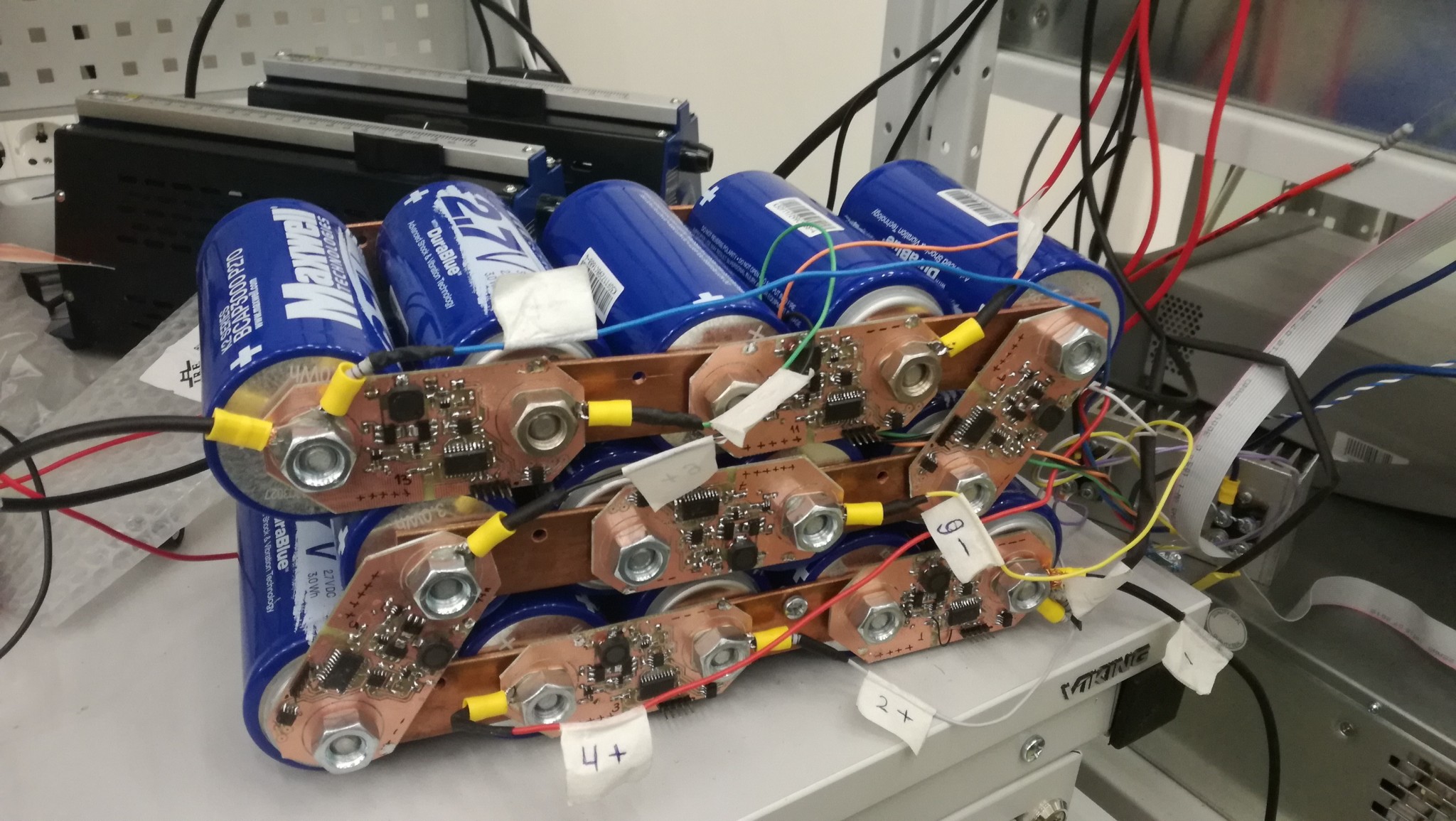 |
Prof. Ibanez has been working in the design of balacing systems for supercapacitors considering the manufacturer’s tolerances. He analyzed two types of balancing methods: passive and active systems. Details are given in:F. Martin Ibanez, I. Idrisov, F. Martin and A. Rujas, “Design Balancing Systems for Supercapacitors Based on Their Stochastic Model,” in IEEE Transactions on Energy Conversion, vol. 35, no. 2, pp. 733-745, June 2020, doi: 10.1109/TEC.2020.2968364. |
Abstract:
– “Improvements on signal-to-noise ratio in feedback measurement in DC/DC converters”, 2020, Mr. Fernando Davalos, Prof. Ibanez
| Mr. Davalos and Prof. Ibanez have been researching on measurements units at high voltage. A method to increase the signal-to-noise ratio is performed by developing a HV reference. Details can be found in:F. D. Hernandez, F. Ibanez, S. Gutierrez and W. Martinez, “Improvements on signal-to-noise ratio in feedback measurement in DC/DC converters,” 2020 22nd European Conference on Power Electronics and Applications (EPE’20 ECCE Europe), 2020, pp. 1-10, doi: 10.23919/EPE20ECCEEurope43536.2020.9215774. | 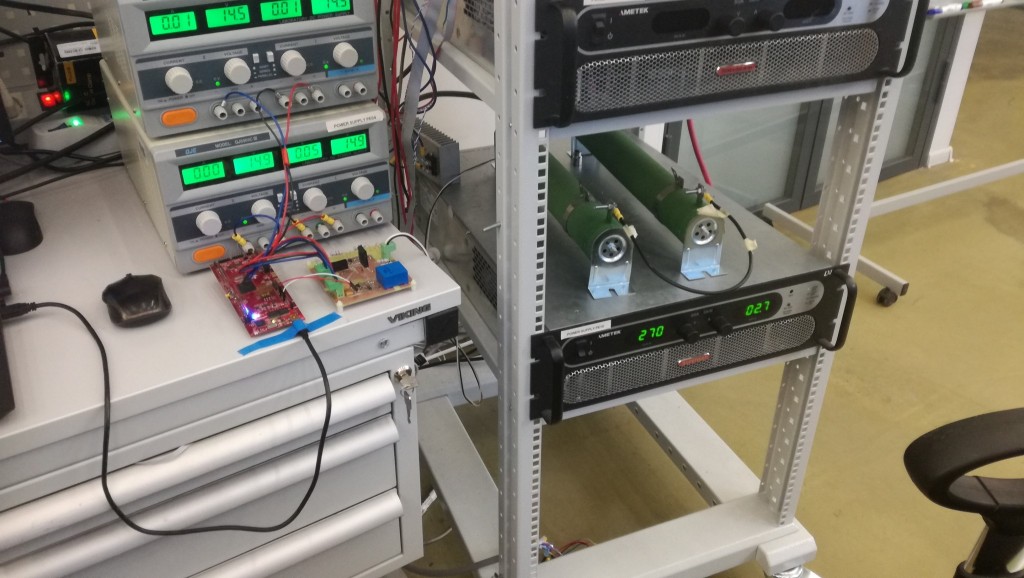 |
Abstract:
- “Hybrid energy storage systems”, 2018-2020, Prof. Ibanez
| Prof. Ibanez has been working in hybrid storage systems by combining supercapacitors and batteries using DC/DC converters. The selected topology is called semi-active hybrid storage system where only one energy storage device is under control. Prof. Ibanez has focused his studies in the control of the battery current in order to improve the performance of the storage system, while the supercapacitors deliver high power pulses. Details of his research can be found in:F. M. Ibanez, A. M. Beizama Florez, S. Gutiérrez and J. M. Echeverrría, “Extending the Autonomy of a Battery for Electric Motorcycles,” in IEEE Transactions on Vehicular Technology, vol. 68, no. 4, pp. 3294-3305, April 2019, doi: 10.1109/TVT.2019.2896901. | 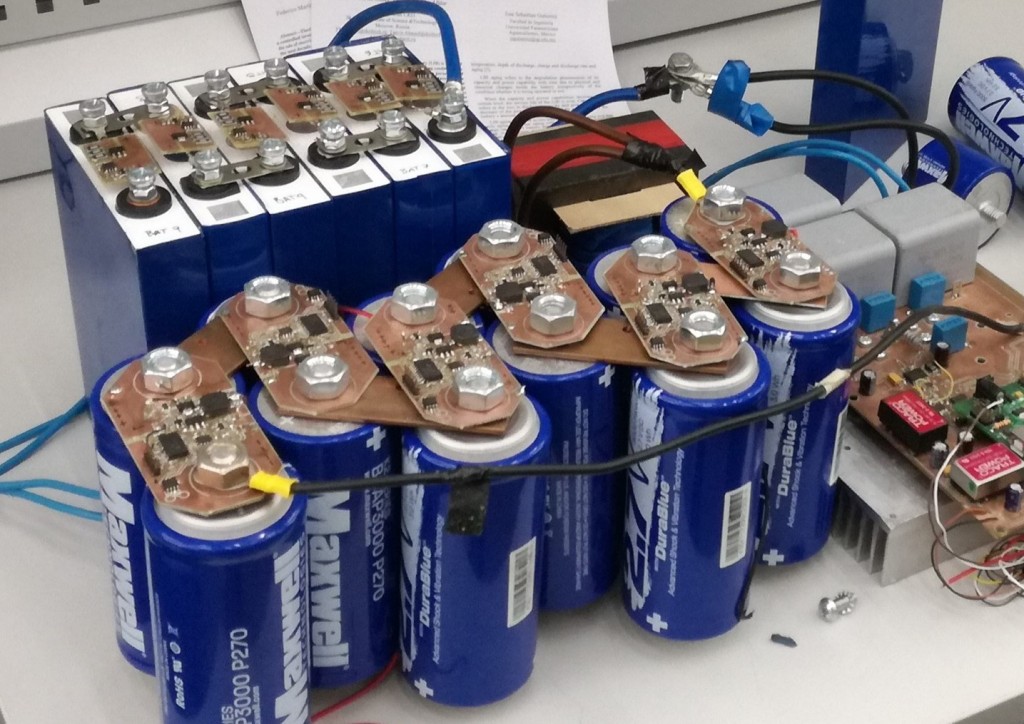 |
- “Bidirectional Series Resonant DC/AC Converter for Energy Storage Systems”, 2017-2018, Prof. Ibanez
 |
Prof. Ibanez has beed developing a bidirectional inverter using resonant techniques. It combines a resonant dual active bridge with a single phase inverter in order to avoid the inverter stage in an energy storage system.The results and details are published in:F. M. Ibanez, “Bidirectional Series Resonant DC/AC Converter for Energy Storage Systems,” in IEEE Transactions on Power Electronics, vol. 34, no. 4, pp. 3429-3444, April 2019, doi: 10.1109/TPEL.2018.2854924. |
Abstract:
